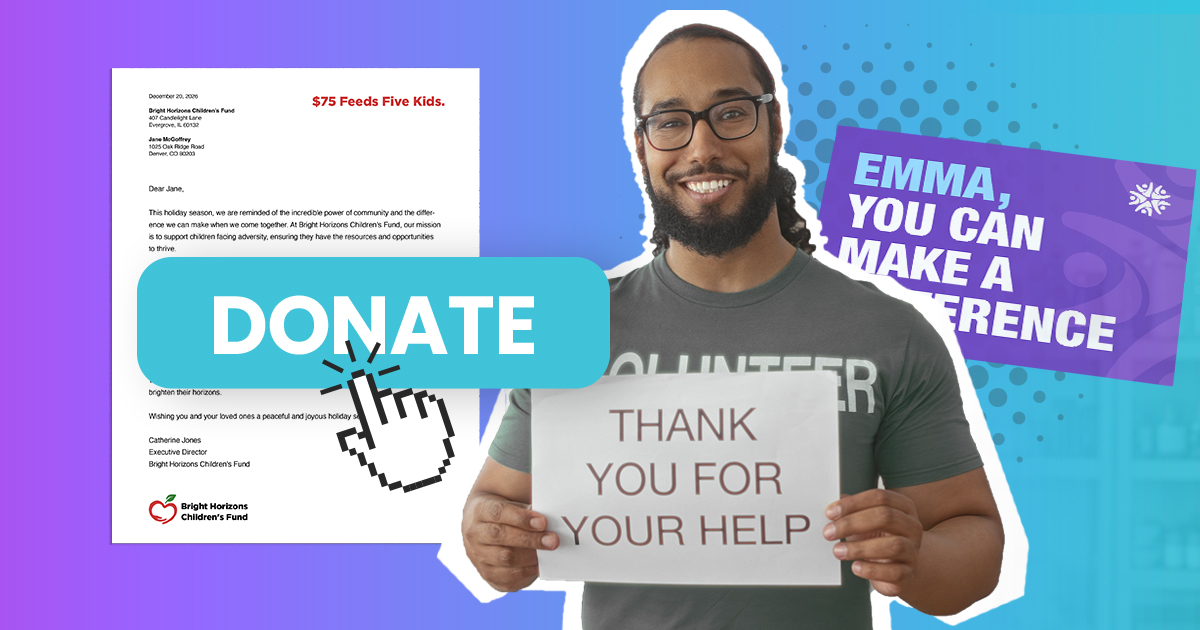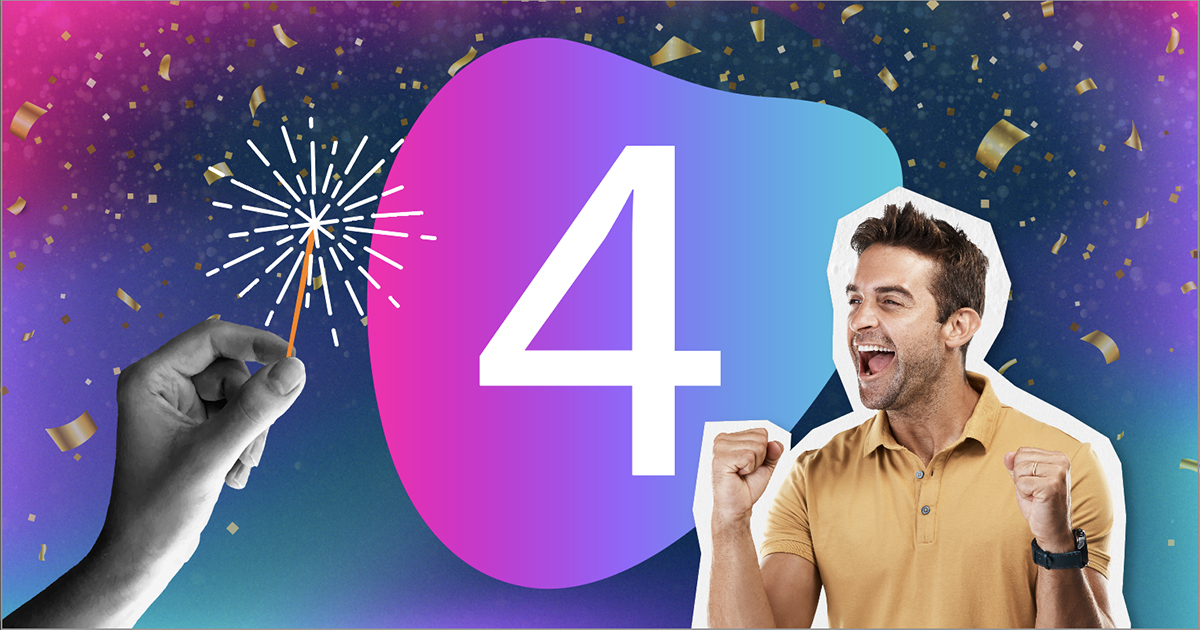
PFL Predicts: What’s In Store for Business in 2022?

Conducting business has probably never been fraught with as many challenges and obstacles at one time as it is today. Not since the early part of the last century have we had to navigate a worldwide pandemic that just never seems to end. Work from home? Yes. Travel to an in-person event? Maybe. Mask and vax? Hope so, but you never know. Then there are the supply-chain issues that are making life miserable for purveyors and consumers alike. Peppermint has petered out. Cream cheese is spread thin. Eggnog has evaporated. And, oh, inflation is making an appearance just in time for the New Year.
What’s an enterprise to do in 2022 to make the best of this mess and conduct business with some sort of success? Glad you asked.
The leadership team at PFL has some considered thoughts about what it’s going to take in the business, marketing, and technology areas to make 2022 better than 2021. (I’ve already seen jokes about the horrific pronunciation of 2022—“2020, too”—certainly a year not many of us want to relive.) But be of good cheer, and consider these observations from Nick Runyon, President of PFL; Bridget Quinlan, Chief Revenue Officer; and Jason Hanson, Chief Product Officer, about how to make a go of it.
Nick Runyon: B2H and Winning Strategies
PFL president Runyon’s first observation is that hybrid physical and digital marketing tactics will be required in 2022 to build human-to-human connections. “As the average consumer battles with digital advertising overload,” said Runyon, “B2B marketers will need to embrace new marketing strategies and tactics that leverage the strengths of person-to-person interactions to supplement the missing ‘human connection’ element of digital marketing. In 2022, we’ll see new B2B marketing tactics emerge that include a hybrid mix of online advertising, direct mail, and virtual events that enable the entire marketing lifecycle and customer experience to feel more human. This will allow marketers to forge stronger person-to-person connections—let’s call it ‘B2H.’”
Equally important, according to the PFL president, is the notion that there will be no patience for bad marketing in 2022. Digital fatigue and notification overload are now pervasive, which means consumers are almost immune to bad marketing tactics and would rather miss out on a sale, promotion, or opportunity than pay attention to yet another poorly crafted email or irrelevant digital ad. “To combat this fatigue,” said Runyon, “marketers must find new ways to engage their customer base in a manner that is relevant and provides value to their audience—there will be no patience for bad marketing in 2022. Smart organizations will look to tactics like personalized direct mail to engage their audiences in new and valuable ways.” However, he warns, if done incorrectly, “poorly targeted direct mail will be ignored by consumers just as frequently as off-base digital ads or email blasts are.”
Finally, hybrid experiences will emerge as winning marketing strategies, said Runyon. “The same ‘spray and pray’ thinking that doomed direct mail years ago—and has since saturated digital advertising—must be permanently retired,” he concluded. “Direct mail must evolve. Direct mail campaigns must be rooted in strategy. When done correctly, direct mail can create a value exchange through which the customer feels they have received something useful and meaningful.” In 2022, he believes, marketers “must be able to merge physical touchpoints with digital attribution and measurement to create a holistic view of the customer journey.”
Bridget Quinlan: Personalization and Consumer Demands
There will be a misguided tendency to shift back to digital-only strategies, according to PFL’s CRO Quinlan. “While a digital-only strategy might seem like a safe bet for B2C brands,” she said, “it will not yield the same results for B2B companies. B2B audiences have more unique buying needs and, therefore, require a more targeted marketing approach.” Quinlan is confident that, in 2022, “account-based marketing (ABM), a finely tuned outbound motion, and digital strategies highly tailored for ideal customer profiles (ICPs) will prove to be significantly more effective for B2B marketers.” The marketers who will win in 2022, explained Quinlan, “will be those who recognize the need for highly personalized engagement, which cannot be accomplished with digital alone. Marketers should pursue a hybrid mix of online and physical marketing interactions.”
Quinlan is also adamant in her belief that consumers will only engage with brands on their terms. “Consumers are increasingly dictating how and when they are willing to engage with brands. In 2022, marketers must make the leap towards one-to-one personalization when it comes to driving brand engagement.” She cites research showing that 91 percent of consumers are willing to buy products from brands that understand their needs, but more than half believe companies fail to meet their experience standards. “The solution to this misalignment,” noted Quinlan, “is to create highly personalized marketing strategies that consider consumer preferences.”
Jason Hanson: AI Power and Refined Marketing
On the technology side of the world, CPO Jason Hanson believes that, in 2022, AI-informed marketing will be used to harness the power of data. “The datasets marketers must evaluate are becoming exponentially larger,” he explained, “so marketers must adopt new methods to efficiently analyze that data and generate insights at scale. AI modeling is the only viable option to bring the most important data points to the surface.” And what does that all mean? Simply that “AI-informed marketing will become such an integral aspect in the data-analysis process that it will quickly start to separate the leaders from the laggards.”
But technology isn’t the only answer, according to Hanson, who believes that refined marketing strategies will win out over new technologies in 2022. “The market is rife with tech products for every challenge that plagues the marketing team,” he observed. “Going into 2022, marketers must be fully dialed in about which marketing strategies work.” He suggested that “by harnessing campaign results and consumer intent signals, marketers can build out data-driven strategies and leverage existing technology to execute more effective marketing initiatives.”
Conclusion
So, to succeed in the coming year—despite pandemics, supply chain issues, inflation, and even the possibility that aliens are among us (which is the ultimate hybrid experience)—the PFL leadership team is confident in the ability of smart businesspeople to do the best they can for their customers and their own businesses, alike. They all agree that, as we progress further into the digital age, consumers are more likely to engage with direct mail or physical touchpoints. Marketing teams are increasingly held responsible for delivering clear ROI on marketing spend, which makes it vital for businesses to analyze consumer data to identify which strategies are most effective for their target audience. By harnessing campaign results and consumer intent signals, marketers can build out data-driven strategies and leverage existing technology to execute more effective marketing initiatives.
Our leadership and all of us at PFL hope these observations are of some help as we edge our way into the new year. May it be a happy and prosperous one—both professionally and personally—for all.
Happy New Year!




